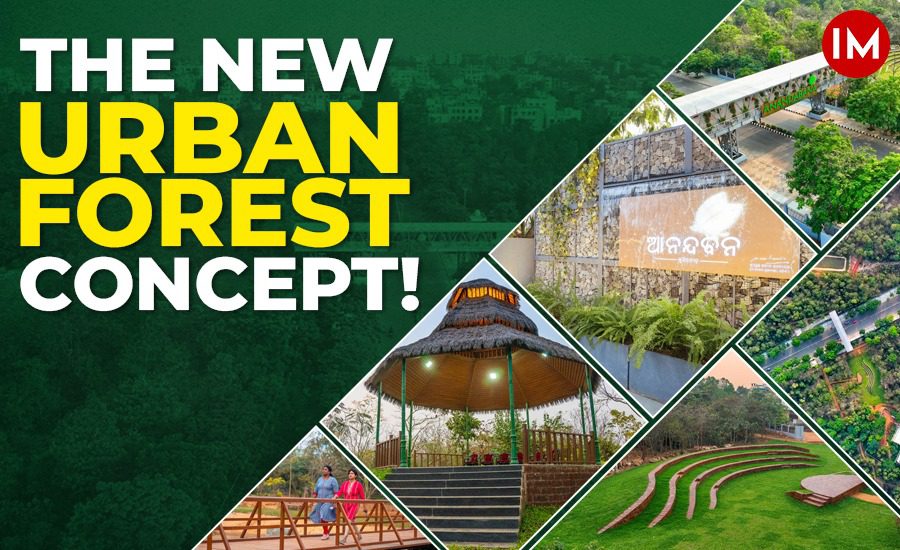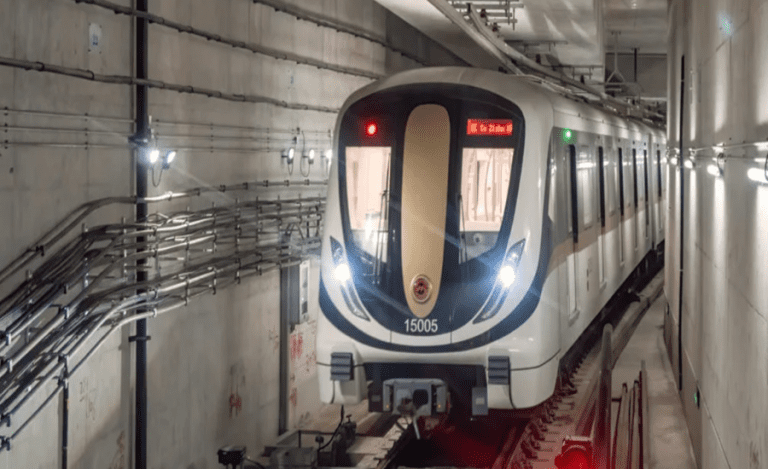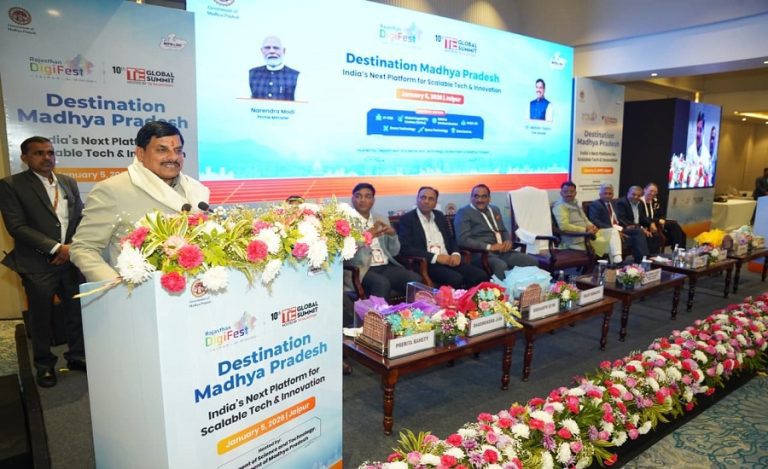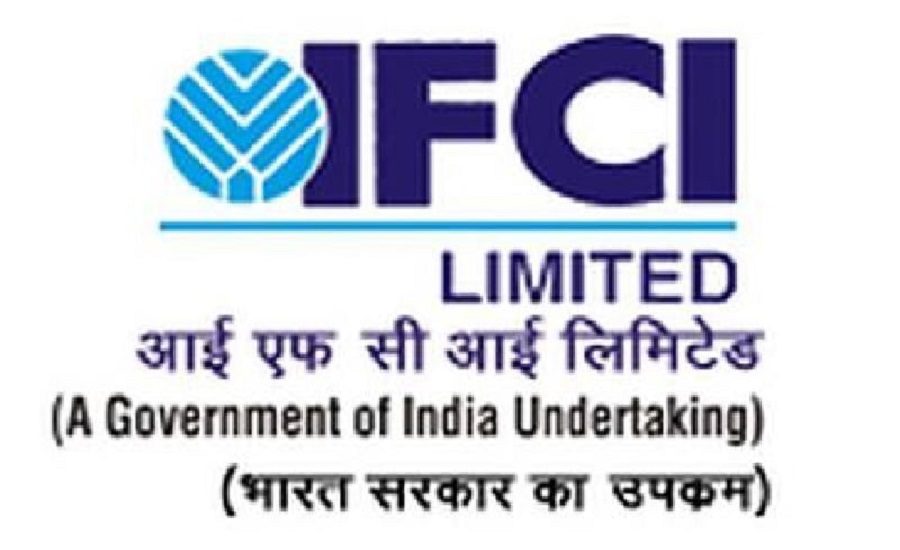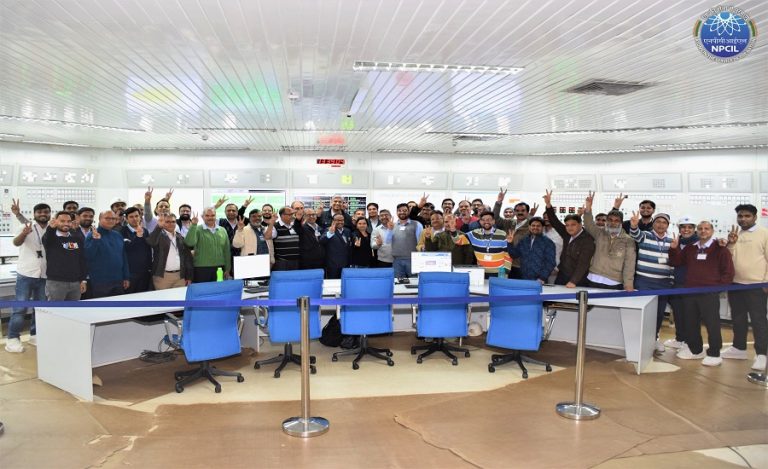Can you imagine over 50,000 trees in an urban park in the heart of the city? In Odisha’s capital, Bhubaneswar, Ananda Bana is fostering a healthy urban environment and establishing green infrastructure in the heart of the city. Spread over 89.05 acres, it not only improves the city’s overall air quality index but also provides tourists with a variety of amenities that enhance their experience.
It is one of Odisha’s largest urban forest parks, urging you to walk, cycle, explore nature trails, meditate, practice yoga, or simply bask in its tranquil ambiance. It has transformed into a lush sanctuary, boasting thriving greenery, expansive tree canopies, serene water bodies, and a rich tapestry of wildlife. CM Naveen Patnaik has dubbed it the ‘Nest of Happiness.’
Indian Masterminds interacted with 1991 batch IAS officer, Satyabrata Sahu, currently posted as the Additional Chief Secretary, Forest & Environment, and 2016 batch IFS officer Manoj Mohapatra, Regional Chief Conservator of Forest, Bhubaneswar Circle to know more about this.
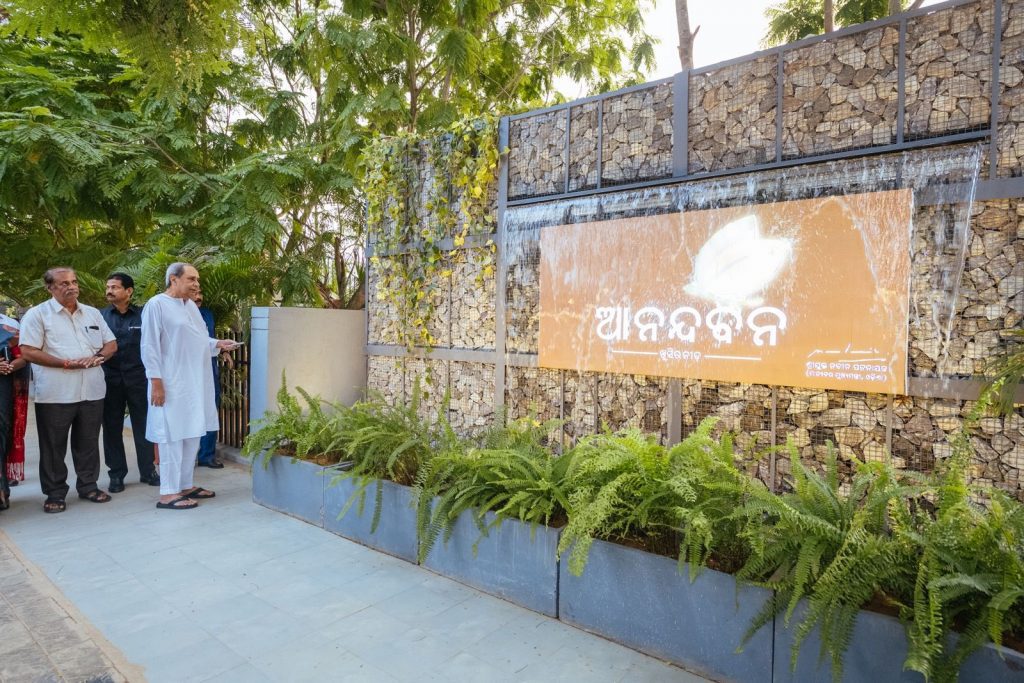
ANANDA BANA
Ananada Bana, named after the Sanskrit words ‘Ananda’ (happiness) and ‘Bana’ (forest), features a picturesque footbridge and encourages tourists to explore the nature trails, meditate, practice yoga, and relax in the calm setting.
The park is divided into two parts, connected by a footbridge. The first section of the park covers 61.68 acres and the second covers 27.37 acres. It is a green paradise with 550 meters of rock trails and 32,750 square feet of water bodies that provide habitat for numerous aquatic species, enhance the tranquil atmosphere, and serve as a platform for developing future environmental leaders.
Mr. Sahu said, “It was a highly degraded land, and people started to encroach there. But now it has transformed into a lush green dense forest and provides the blissful abode of nature. It is the best solution for climate change adaptations and biodiversity conservation.”

WHY IS IT DIFFERENT?
Ananda Bana is home to a diverse range of wildlife and flora. It delivers a variety of great experiences that allow you to heal naturally. It supports a variety of ecosystems, including grasslands and ponds.
A 1.35-kilometer trek across both forest patches, linked by a scenic footbridge, encourages you to immerse yourself in nature’s peacefulness, with birdsong and the rustle of leaves adding to the peaceful environment.
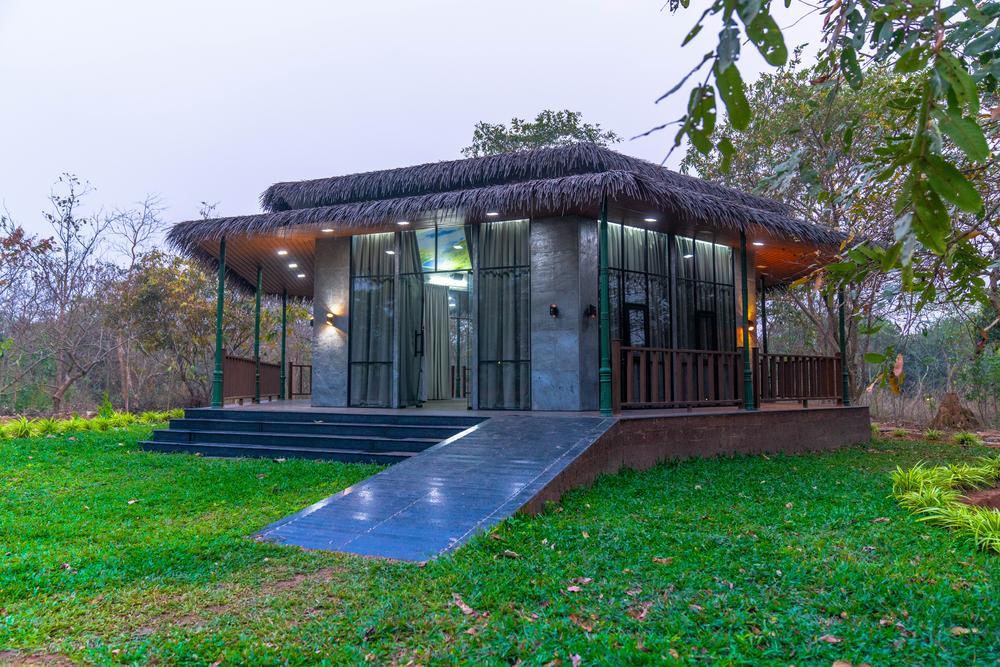
Nature trails within the park provide several pathways for jogging, bicycling, and leisure walks, totaling 4.7 kilometers of diverse landscapes.
The Ananda Bana offers a soil trail. This one-kilometer route connects you with the land and provides a grounding feeling.
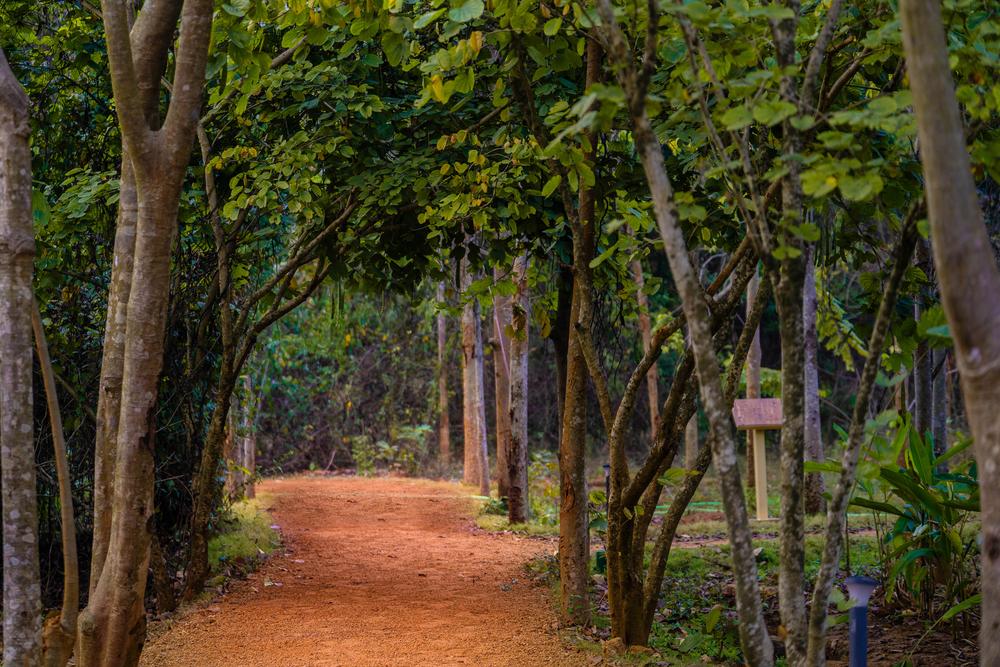
Rock route: A 550-meter-long rock route provides an exhilarating off-road adventure while stimulating the feet’s acupoints for physical and mental well-being.
Water Bodies: Anandabana’s three water bodies show the critical link between water and forest ecosystems.
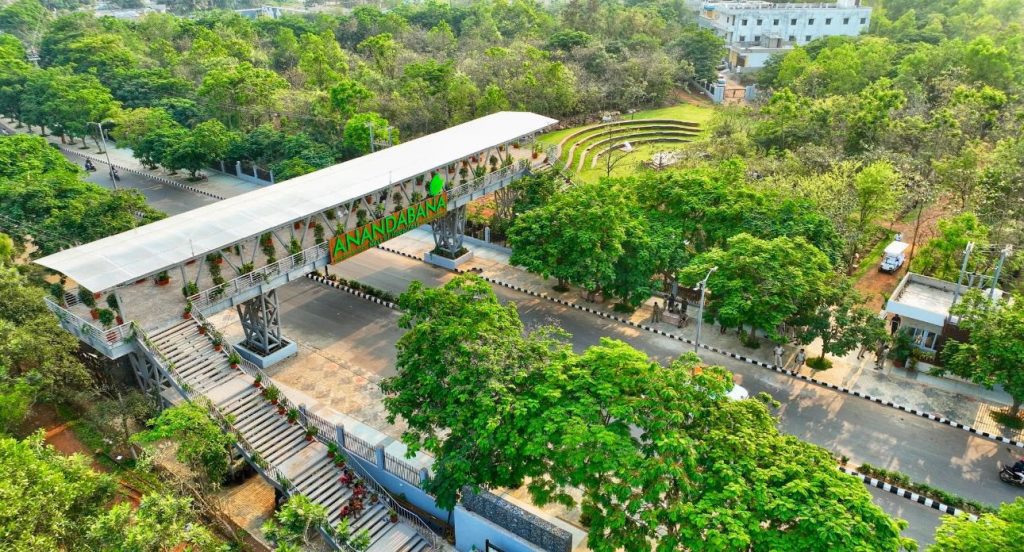
INCEPTION
The project to develop Ananda Bana began about two years ago when the Government of India presented the states with a plan to develop ‘Nagar Van’.
Mr. Manoj said, “In the Nagar Van project, we had to ask several funding agencies like BMC, BDA, OMC, etc., both state and central, for financial assistance. At that time, OMC (Odisha Mining Corporation) gave the proposal to develop a standalone model of urban forest that would have all the components of a green forest, preserving all the greenery and best possible ecological practices.” After that, this park came into existence.
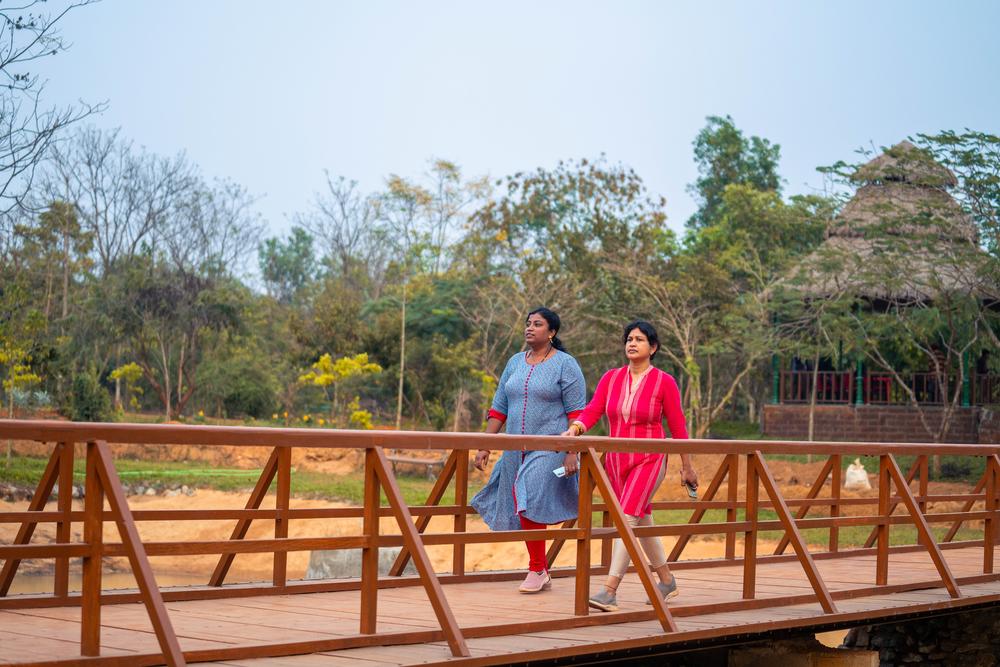
MIYAWAKI FOREST
Ananda Bana has around 50,000 trees, including native species; medicinal plants on both sides of trails; and bamboo along the boundary.
It also features 12,000 Miyawaki plantations, which are managed using the Japanese Miyawaki technique to preserve biodiversity. It is divided into three areas, each spanning two hectares.
The Miyawaki technique, named after Japanese botanist Akira Miyawaki, is a highly successful strategy to jumpstart the growth of a forest or woodland.
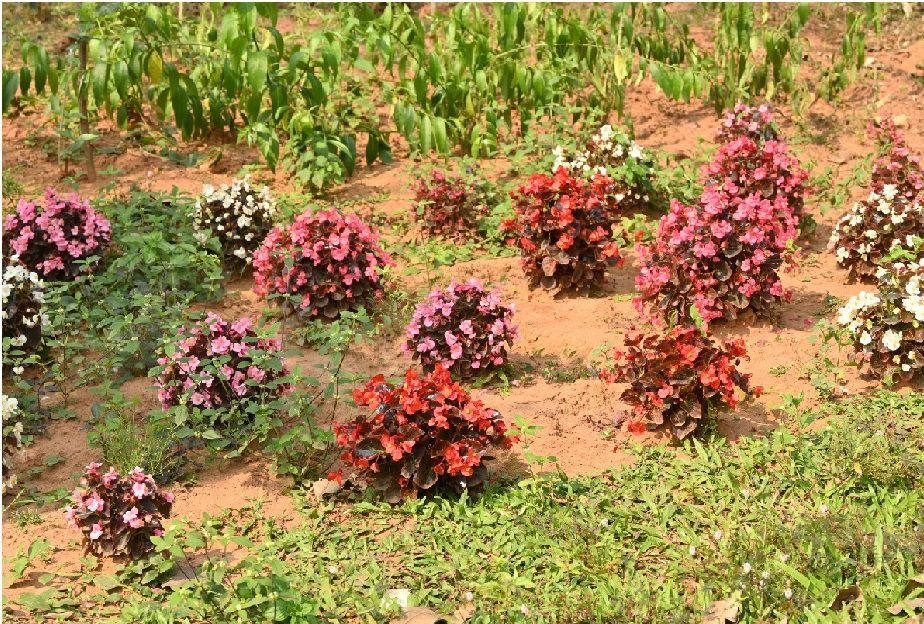
Mr. Manoj said, “Along all trails, there are more than 69 types of medicinal plants, each with its own unique benefits.”
Ananda Bana is home to 40-50 native plant species, more than 10 types of migratory birds, 15+ butterfly species, and 5+ reptile species. Their trails are lined with zoysia and broadleaf grasses, which help to avoid soil erosion, and over 120 places have seasonal flowers and water lilies, which give color and life.
QR codes are found on the majority of tree species. People can scan it and learn about it.
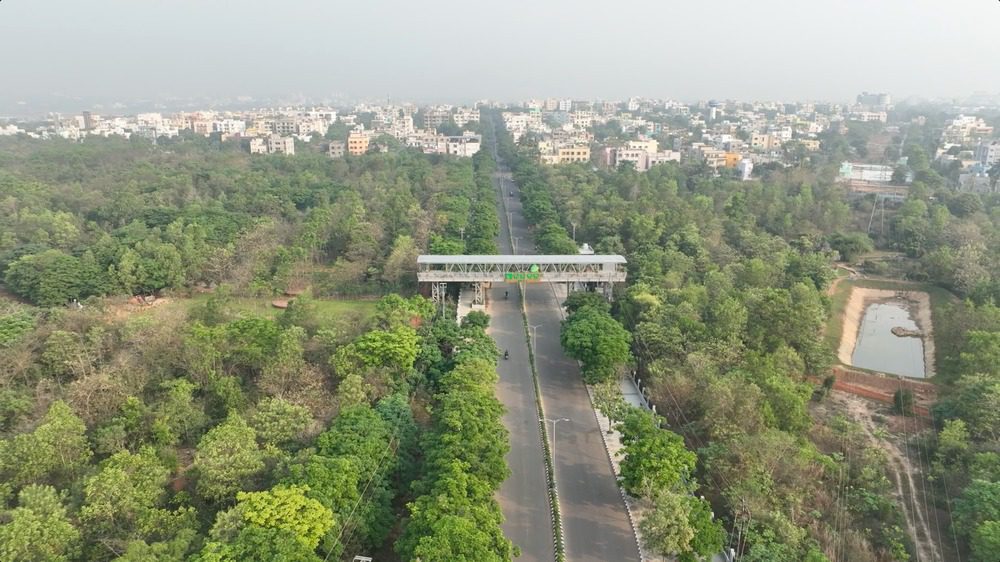
GENERATING EMPLOYMENT
This project is also generating employment since many local SHGs find work outside of Ananda Bana. Most SHGs sell their products to tourists. There are SHG-run restaurants, as well.
IMPACT
Ananda Bana has a significant environmental impact. Carbon sequestration of 500 tons per year is estimated. While it improves water infiltration and lowers local microclimate temperatures by up to 5 degrees, it also improves the city’s air quality index.
Mr. Manoj said, “Ananda Bana has become a concept now. We are trying to implement this concept in all other parks that are being developed by the government.”


